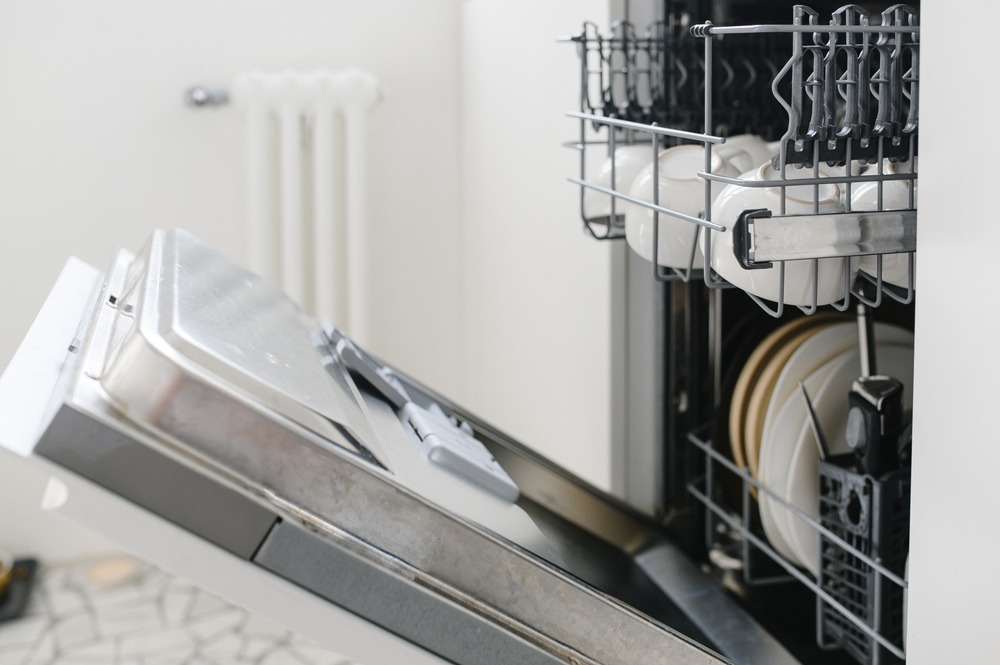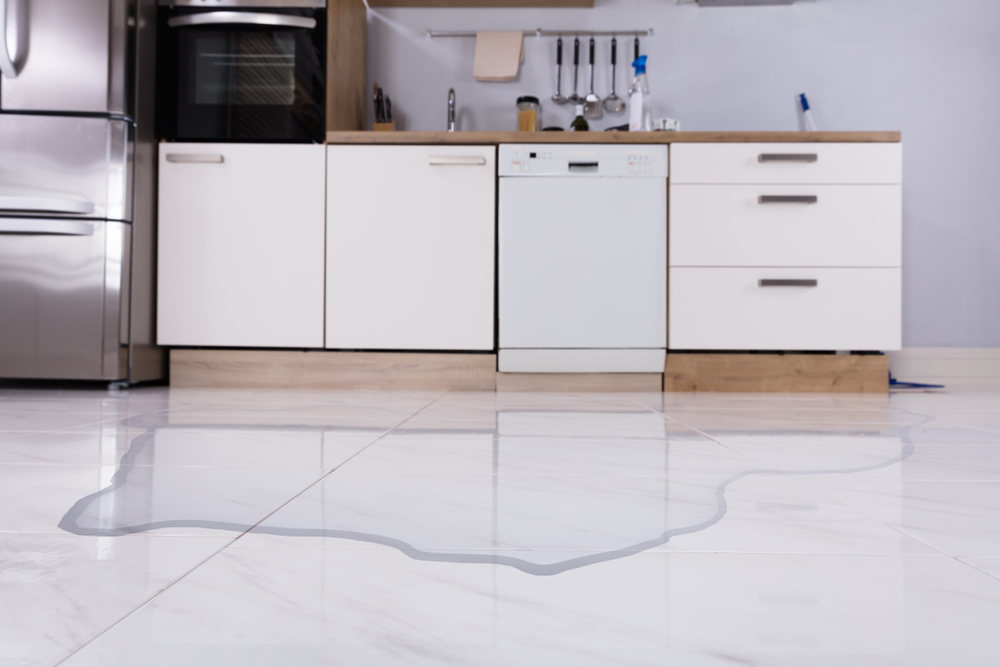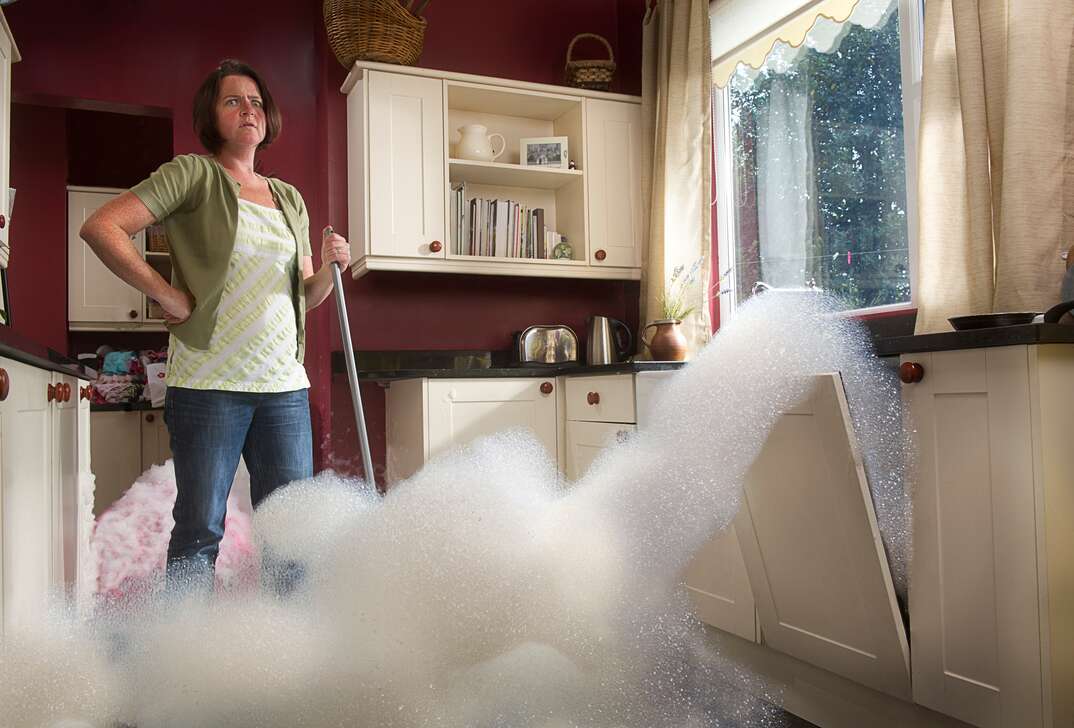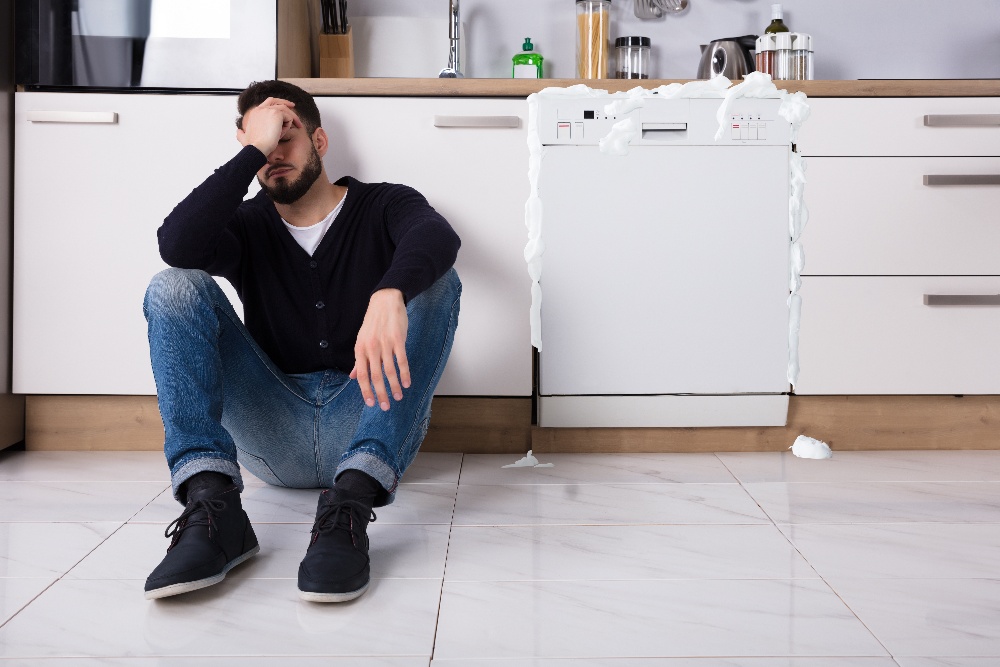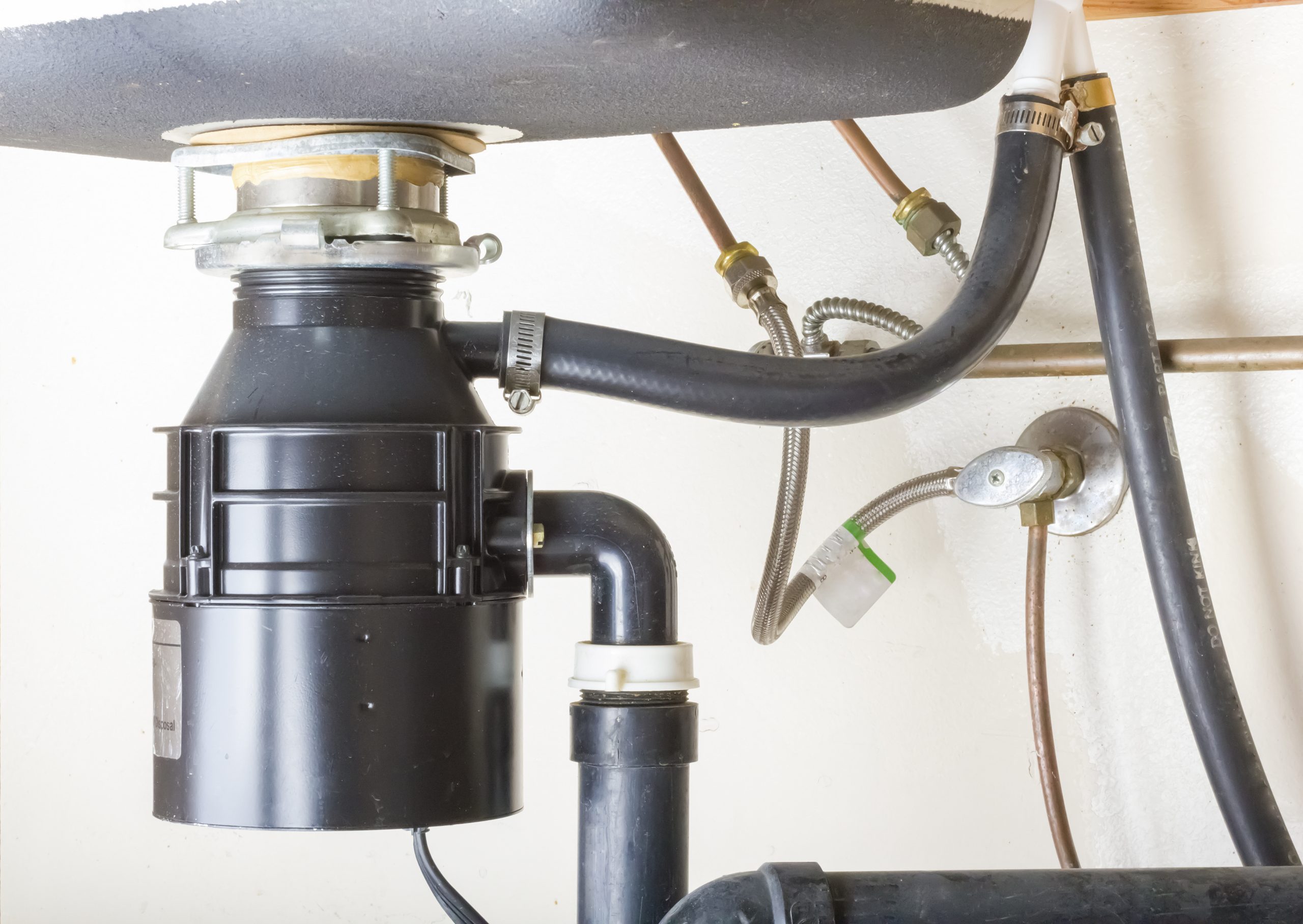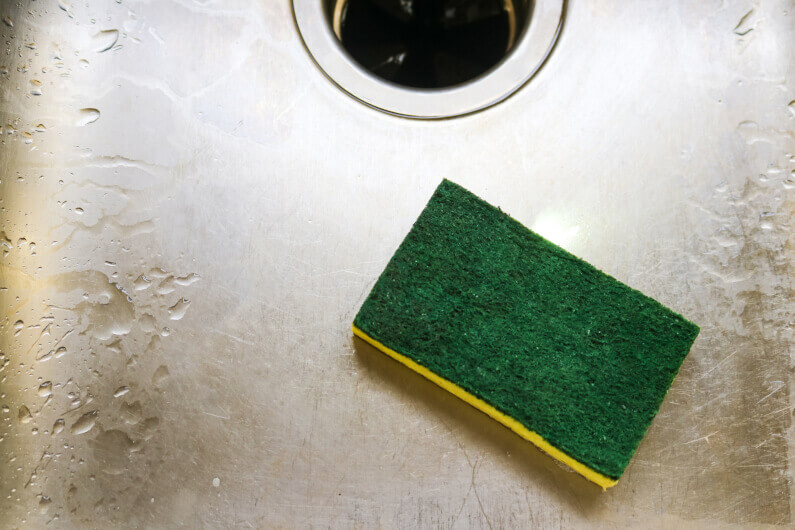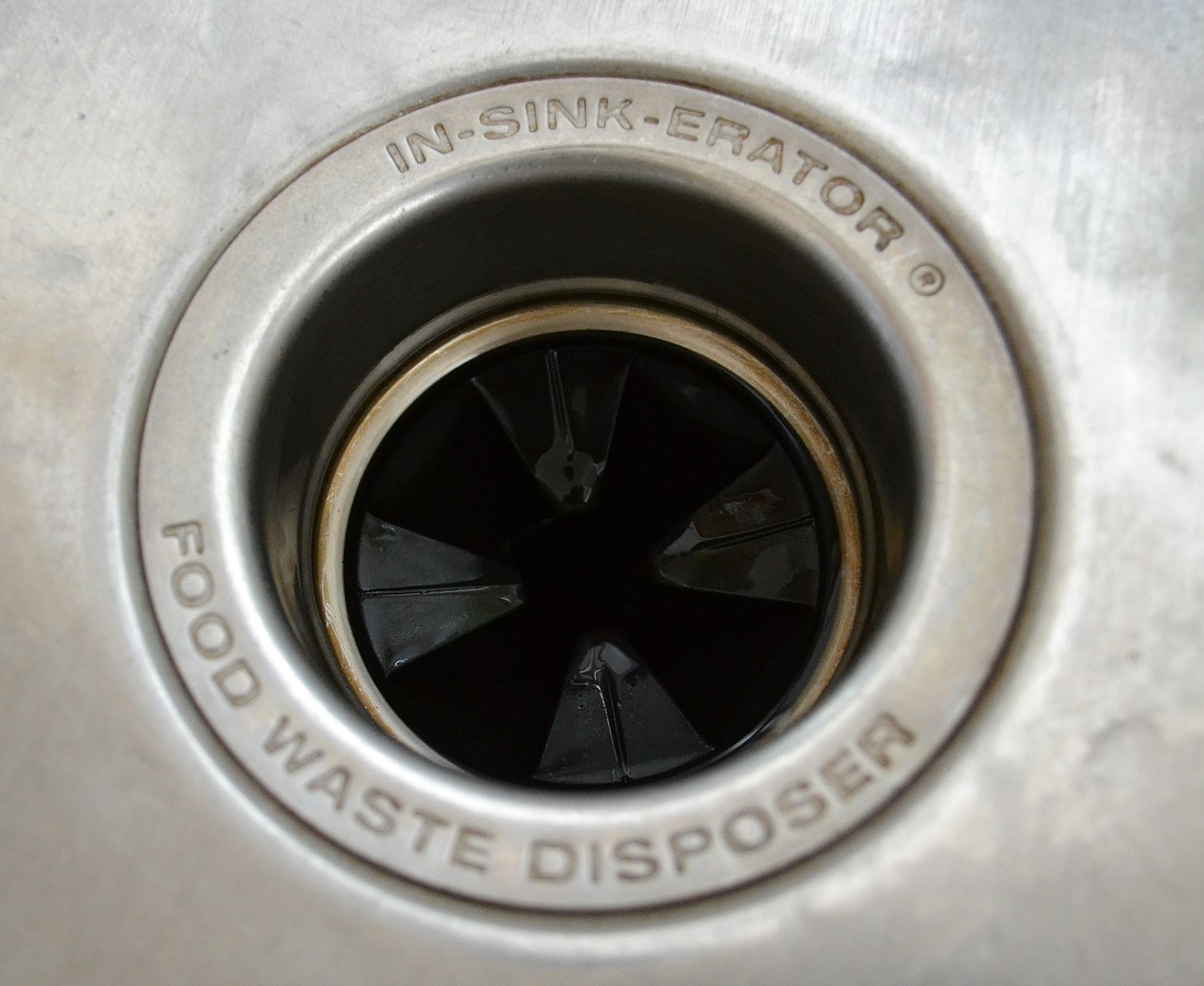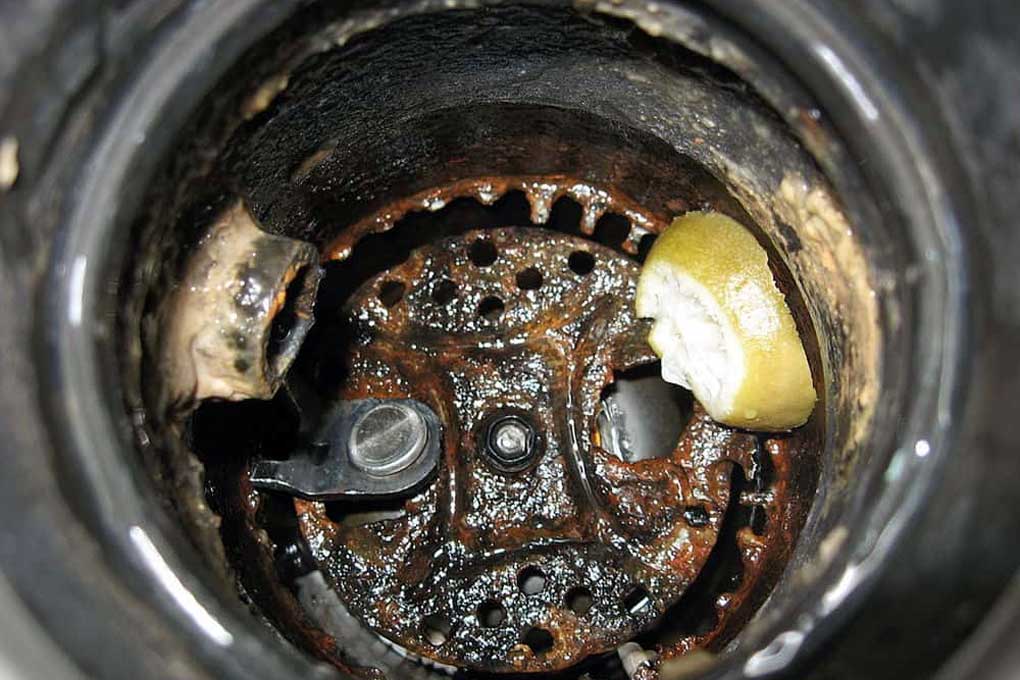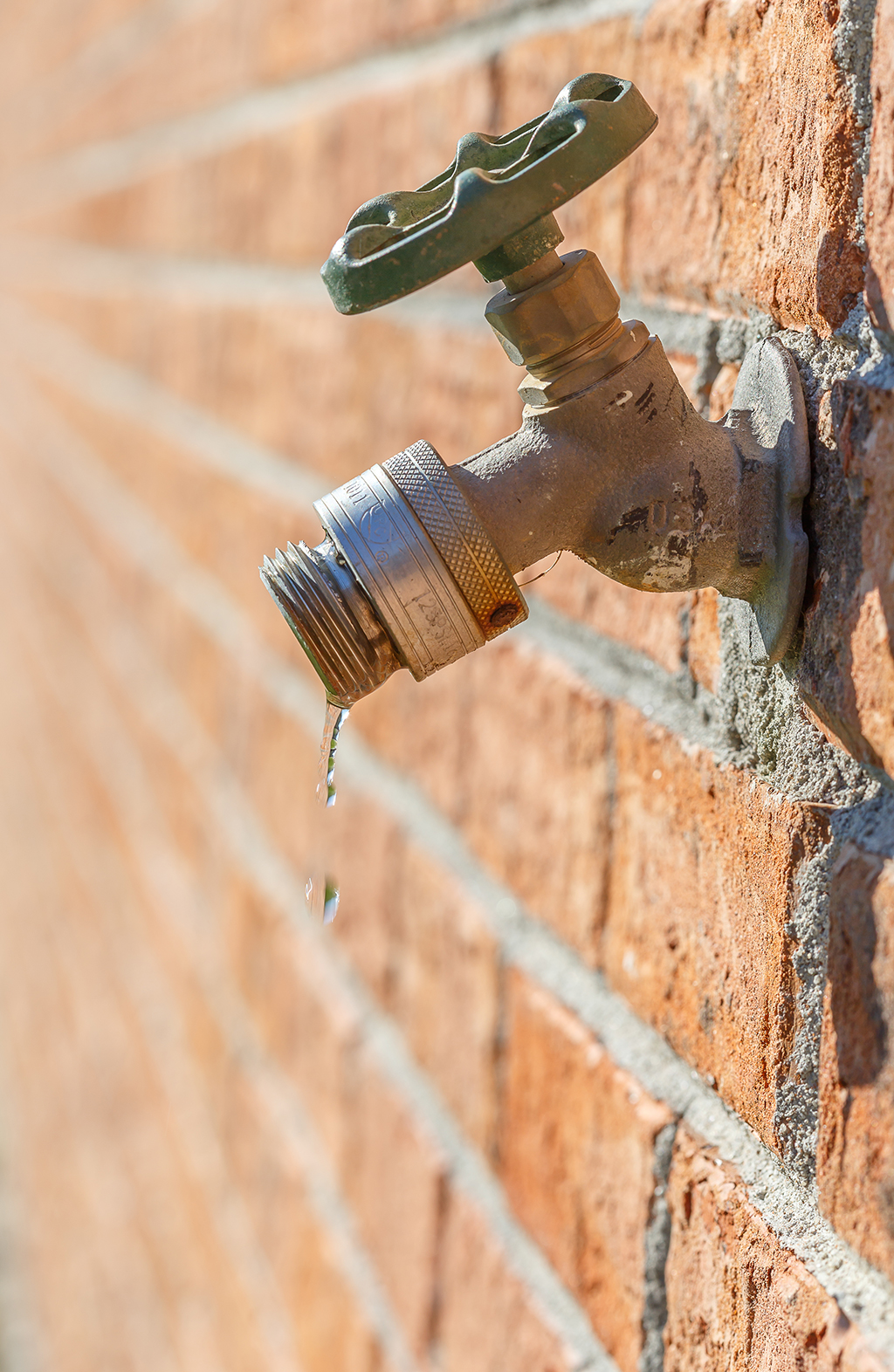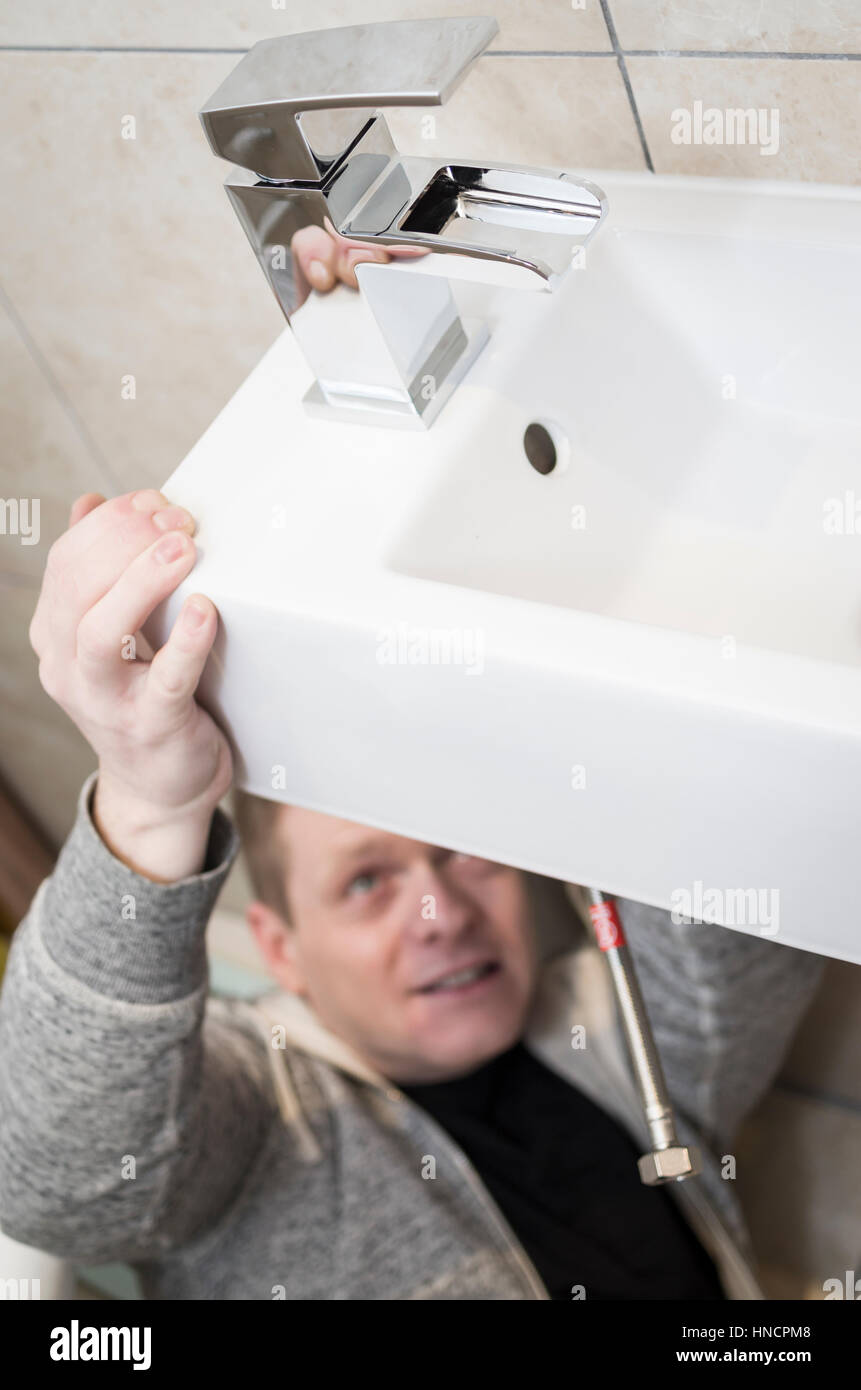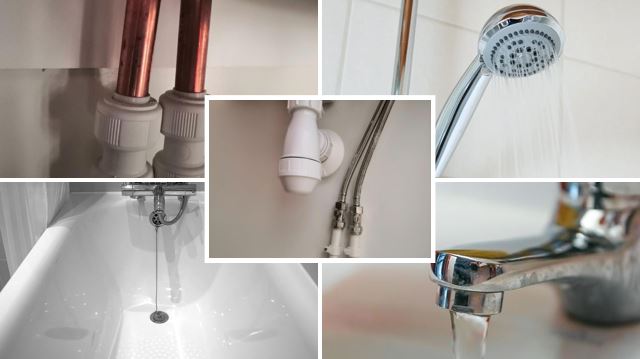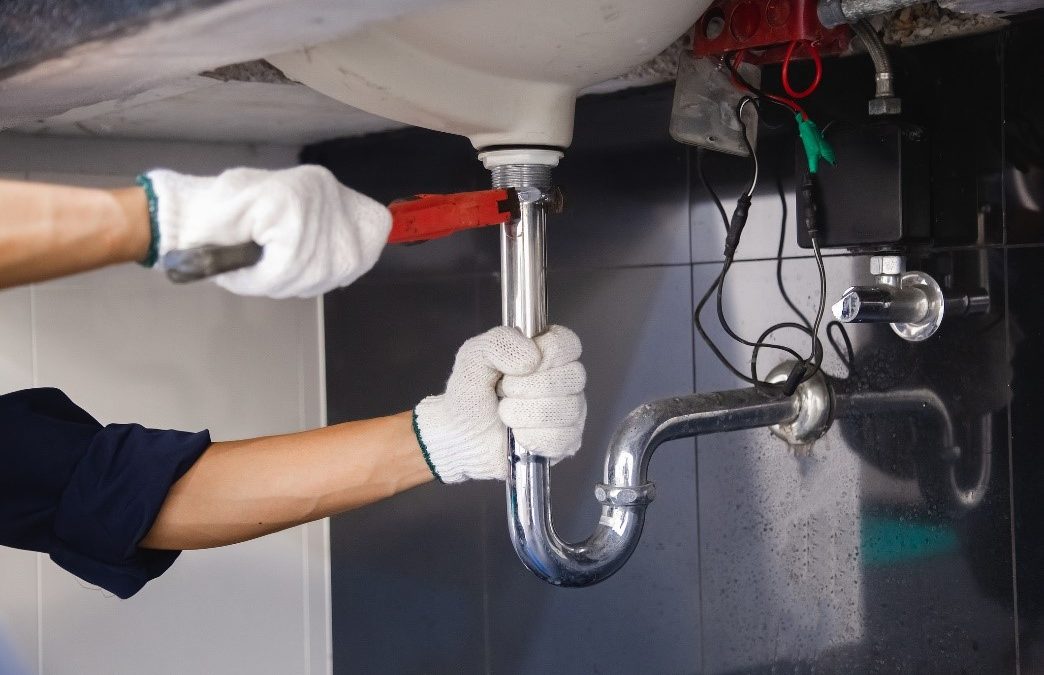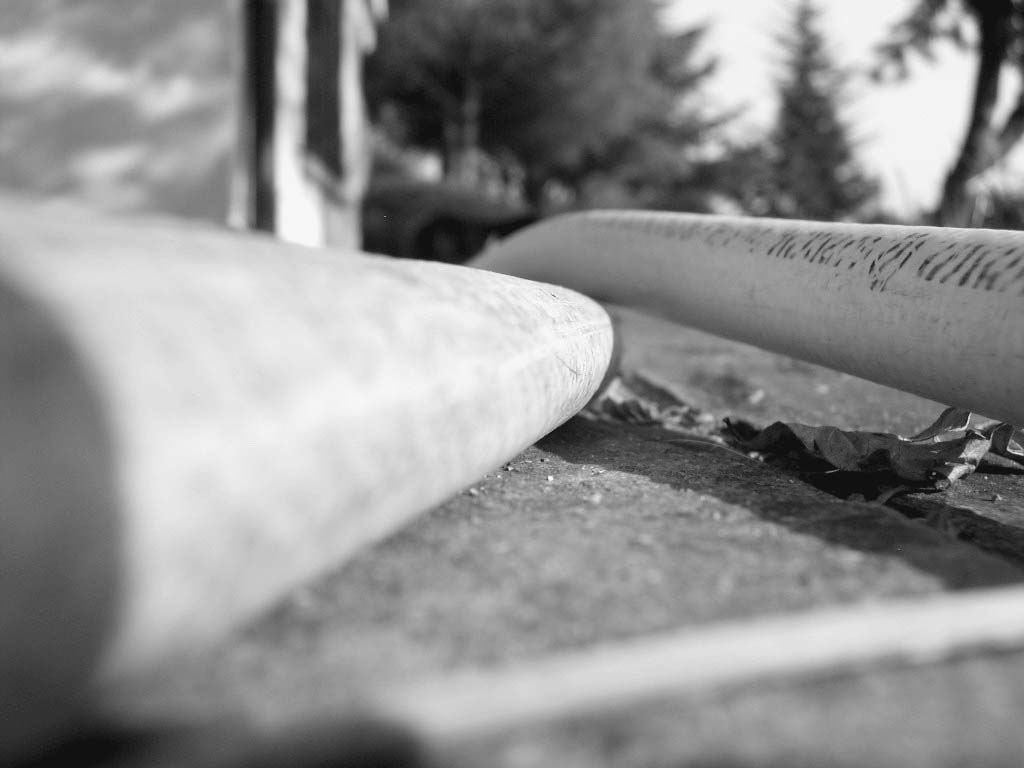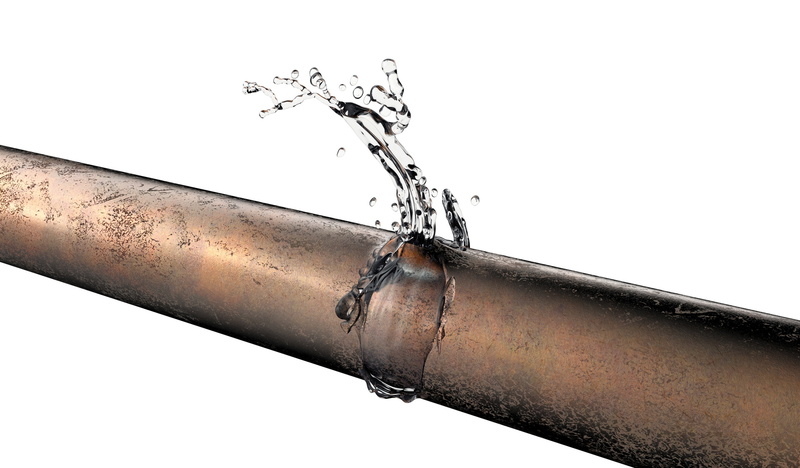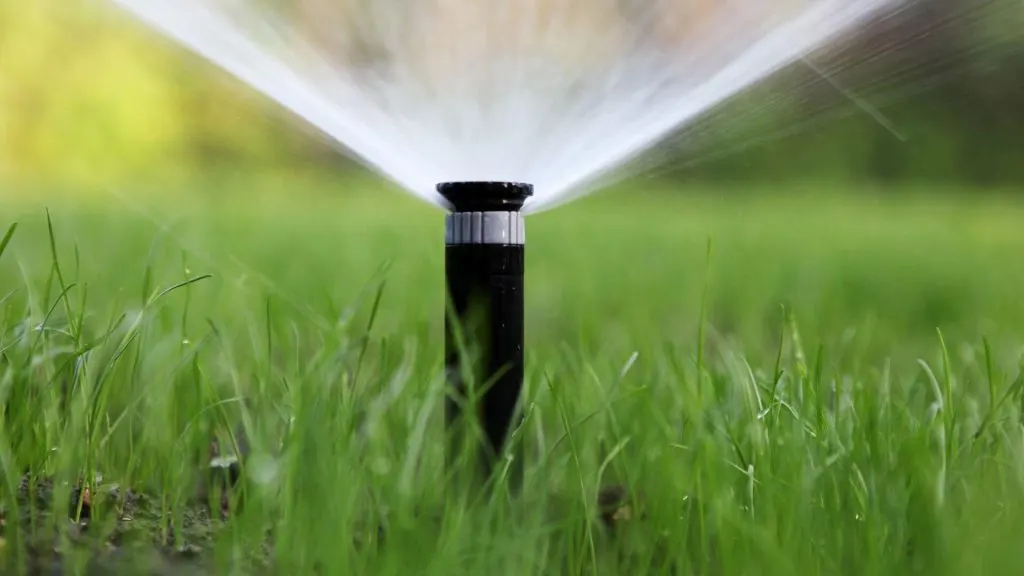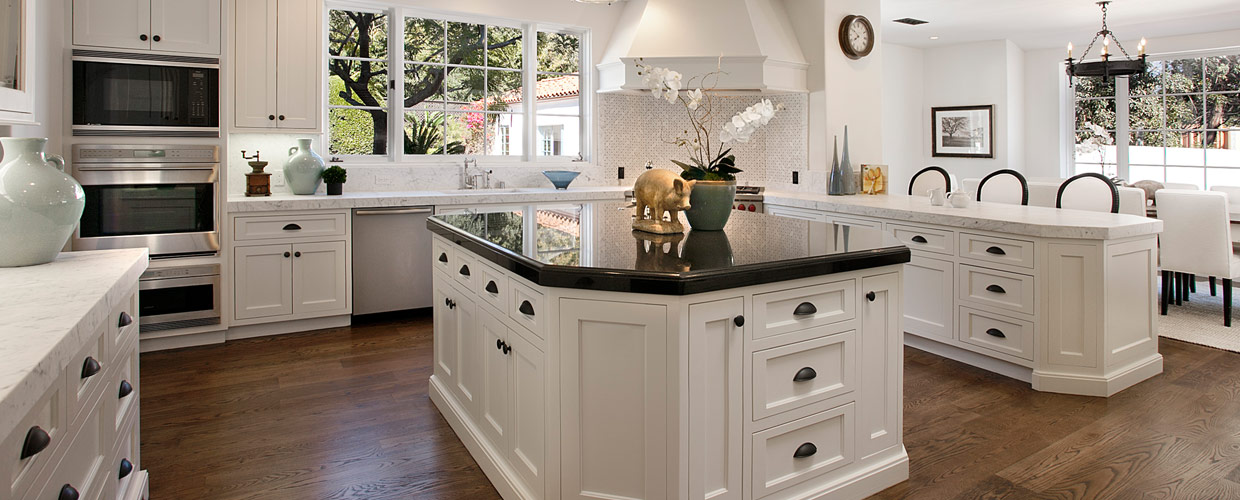The first issue you may encounter with your kitchen sink is a leaky drain pipe. This can be caused by a variety of factors, such as old or damaged pipes, loose connections, or corrosion. Regardless of the cause, a leaky drain pipe can lead to water damage and mold growth if not addressed promptly.1. Leaky Drain Pipe
Another common problem with kitchen sinks is standing water. This can occur when the drain is clogged, preventing water from draining properly. Standing water not only creates an unpleasant sight, but it can also lead to foul odors and bacteria growth. Additionally, if the water remains stagnant for too long, it can cause damage to your sink and surrounding cabinets.2. Standing Water
If you notice dampness or water stains on the bottom of your kitchen sink cabinet, it could be a sign of a larger issue. This could indicate a leak in the drain, a faulty seal, or even a broken garbage disposal. Ignoring this problem can lead to further damage to your cabinets and potentially even the structure of your kitchen.3. Damp Cabinets
Mold thrives in dark and damp environments, making the bottom of your kitchen sink an ideal breeding ground. If you notice any mold growth in this area, it could be a sign of a larger issue, such as a leak or standing water. Mold can not only cause health hazards, but it can also lead to costly repairs if left unchecked.4. Mold Growth
A clogged drain is a common issue that can cause water to back up and overflow in your sink. This can be caused by a buildup of food particles, grease, or other debris. Not only can a clogged drain be a nuisance, but it can also lead to foul odors and potential damage to your plumbing system if left untreated.5. Clogged Drain
Water damage is a serious issue that can occur if any of the above problems are left unaddressed. Water can seep into your cabinets, walls, and floors, causing rot, mold growth, and structural damage. It's important to address any water-related issues with your kitchen sink as soon as possible to prevent costly repairs in the future.6. Water Damage
The seal around your kitchen sink can wear down over time, leading to leaks and water damage. This can be caused by old age, harsh cleaning chemicals, or improper installation. If you notice any water seeping through the seal, it's important to have it replaced to prevent further damage.7. Faulty Seal
If your dishwasher is overflowing with water, it could be a sign of a clogged drain or a faulty dishwasher. This can lead to water damage and potential issues with your plumbing system. It's important to address this issue promptly to prevent any further damage to your kitchen and appliances.8. Overflowing Dishwasher
A broken garbage disposal can cause a variety of issues in your kitchen sink, including clogs, foul odors, and leaks. If you notice any unusual noises or lack of functionality in your garbage disposal, it's important to have it repaired or replaced to prevent any further problems.9. Broken Garbage Disposal
A plumbing leak can occur in any part of your kitchen sink, including the pipes, connections, or even the faucet. This can lead to water damage, mold growth, and high water bills if left unchecked. If you suspect a plumbing leak, it's important to have it fixed as soon as possible to prevent any further damage to your kitchen and home. In conclusion, the bottom of your kitchen sink can be prone to a variety of issues, from leaks and standing water to mold growth and plumbing leaks. It's important to address any problems promptly to prevent further damage and costly repairs. Regular maintenance and proper usage can help keep your kitchen sink in good condition and functioning properly for years to come.10. Plumbing Leak
The Importance of Keeping the Bottom of Your Kitchen Sink Dry

Don't Let a Wet Sink Bottom Dampen Your Kitchen's Design
 When it comes to designing your dream kitchen, there are many factors to consider - from the layout and color scheme to the appliances and countertops. However, one often overlooked aspect of kitchen design is the bottom of the kitchen sink. While it may seem like a small detail, keeping the bottom of your sink dry is essential for maintaining a clean, functional, and aesthetically pleasing kitchen.
Prevent Mold and Mildew Growth
A wet sink bottom can quickly become a breeding ground for mold and mildew. These pesky fungi thrive in damp, dark environments and can cause unpleasant odors, as well as potential health hazards. Regularly wiping down and drying the bottom of your sink can help prevent mold and mildew growth, keeping your kitchen clean and hygienic.
Protect Your Cabinets and Countertops
A wet sink bottom can also lead to damage to your cabinets and countertops. The constant presence of water can cause wood to swell, warp, and eventually rot. This not only affects the appearance of your kitchen but also compromises the structural integrity of your cabinets and countertops. By keeping the bottom of your sink dry, you can avoid costly repairs and maintain the overall design of your kitchen.
Extend the Lifespan of Your Sink
A wet sink bottom can also cause damage to the sink itself. Over time, the constant exposure to water can cause rust and corrosion, leading to leaks and potential water damage. By regularly drying the bottom of your sink, you can extend its lifespan and ensure that it remains in good condition for years to come.
Add to the Aesthetics of Your Kitchen
In addition to practical considerations, a dry sink bottom also contributes to the overall aesthetics of your kitchen. A wet sink bottom not only looks unsightly, but it can also create a slippery surface and make washing dishes and other kitchen tasks more challenging. By keeping the bottom of your sink dry, you can maintain a clean, sleek, and visually appealing kitchen.
In conclusion, while it may seem like a small and insignificant task, keeping the bottom of your kitchen sink dry is essential for maintaining a clean, functional, and visually appealing kitchen. By regularly wiping down and drying your sink, you can prevent mold and mildew growth, protect your cabinets and countertops, extend the lifespan of your sink, and contribute to the overall design of your kitchen. Don't let a wet sink bottom dampen your kitchen's design - make sure to keep it dry and clean.
When it comes to designing your dream kitchen, there are many factors to consider - from the layout and color scheme to the appliances and countertops. However, one often overlooked aspect of kitchen design is the bottom of the kitchen sink. While it may seem like a small detail, keeping the bottom of your sink dry is essential for maintaining a clean, functional, and aesthetically pleasing kitchen.
Prevent Mold and Mildew Growth
A wet sink bottom can quickly become a breeding ground for mold and mildew. These pesky fungi thrive in damp, dark environments and can cause unpleasant odors, as well as potential health hazards. Regularly wiping down and drying the bottom of your sink can help prevent mold and mildew growth, keeping your kitchen clean and hygienic.
Protect Your Cabinets and Countertops
A wet sink bottom can also lead to damage to your cabinets and countertops. The constant presence of water can cause wood to swell, warp, and eventually rot. This not only affects the appearance of your kitchen but also compromises the structural integrity of your cabinets and countertops. By keeping the bottom of your sink dry, you can avoid costly repairs and maintain the overall design of your kitchen.
Extend the Lifespan of Your Sink
A wet sink bottom can also cause damage to the sink itself. Over time, the constant exposure to water can cause rust and corrosion, leading to leaks and potential water damage. By regularly drying the bottom of your sink, you can extend its lifespan and ensure that it remains in good condition for years to come.
Add to the Aesthetics of Your Kitchen
In addition to practical considerations, a dry sink bottom also contributes to the overall aesthetics of your kitchen. A wet sink bottom not only looks unsightly, but it can also create a slippery surface and make washing dishes and other kitchen tasks more challenging. By keeping the bottom of your sink dry, you can maintain a clean, sleek, and visually appealing kitchen.
In conclusion, while it may seem like a small and insignificant task, keeping the bottom of your kitchen sink dry is essential for maintaining a clean, functional, and visually appealing kitchen. By regularly wiping down and drying your sink, you can prevent mold and mildew growth, protect your cabinets and countertops, extend the lifespan of your sink, and contribute to the overall design of your kitchen. Don't let a wet sink bottom dampen your kitchen's design - make sure to keep it dry and clean.



/pvc-joint-repair-2718924-color-FINAL-86df124f8a7647adb2aa514759a37d39.png)
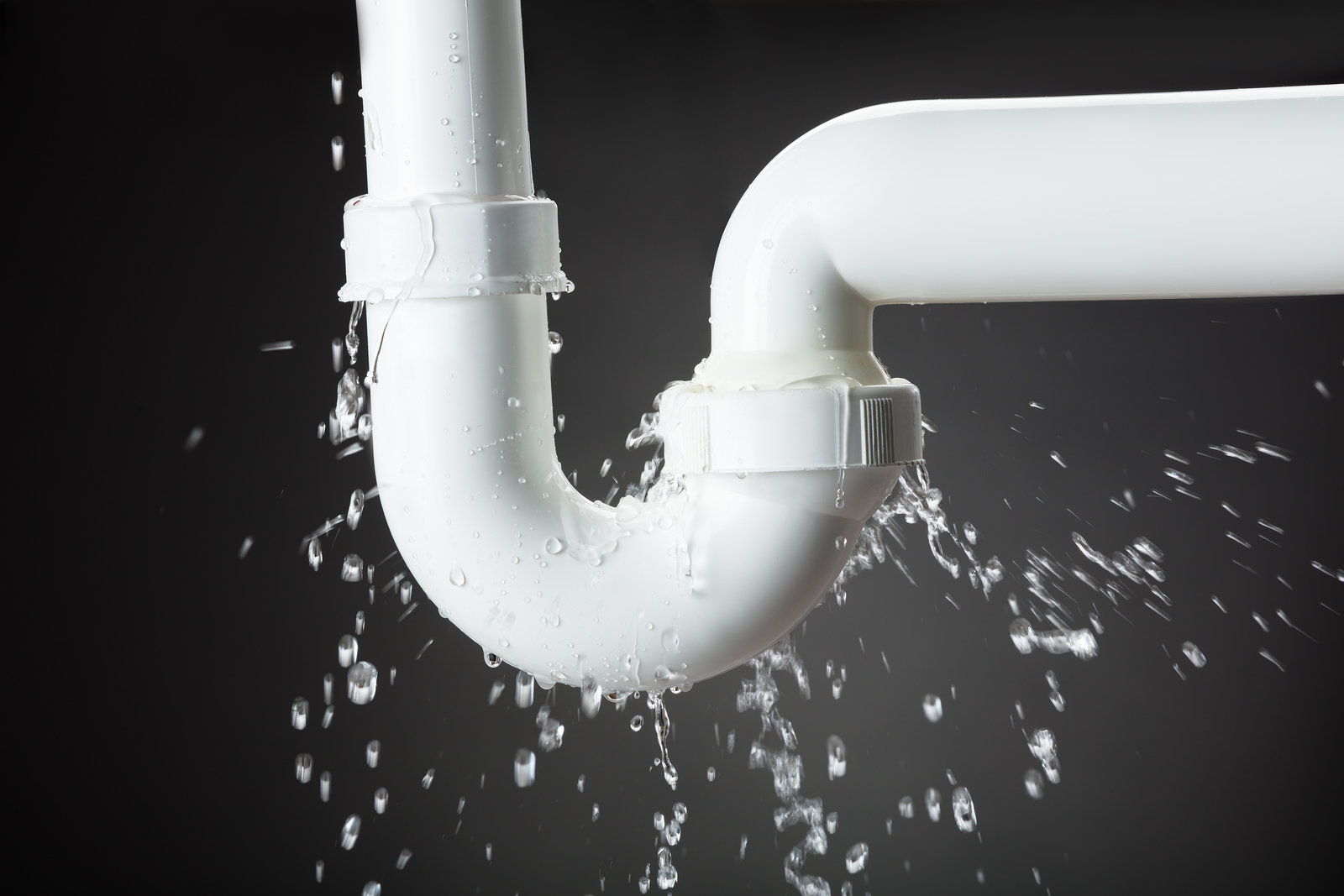








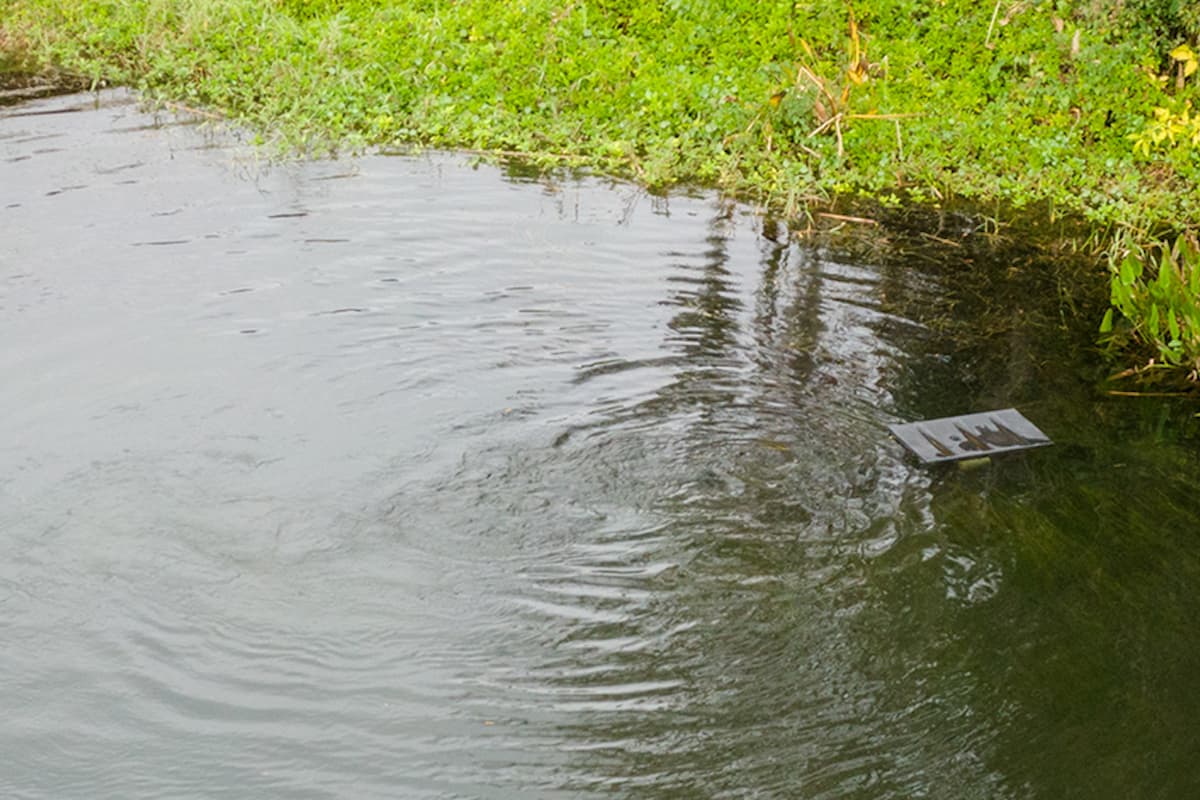

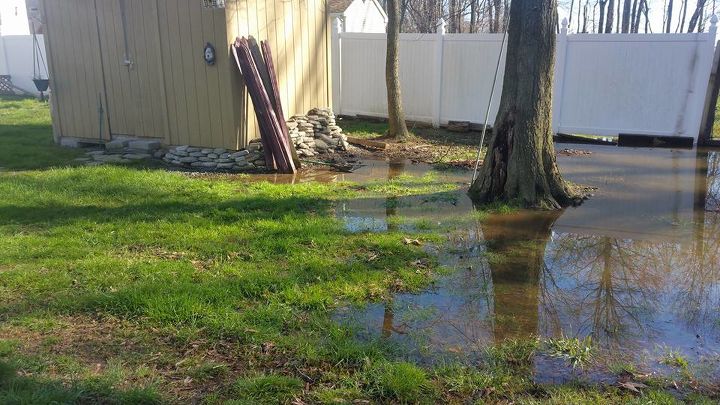














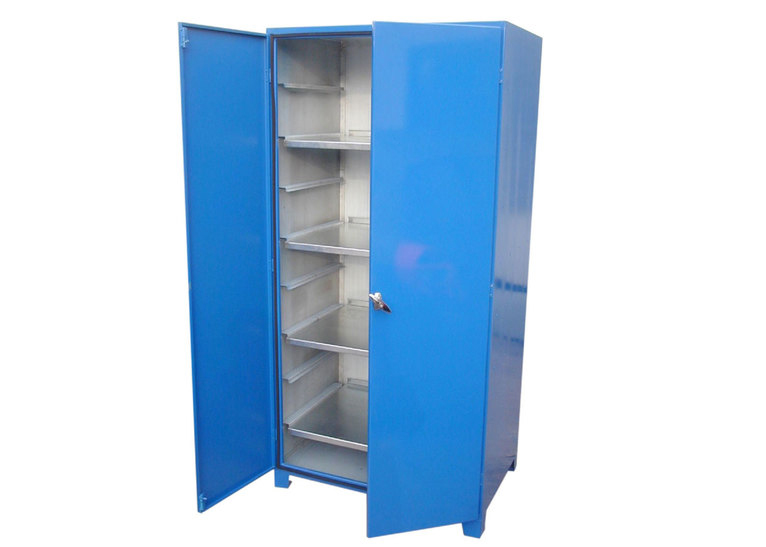

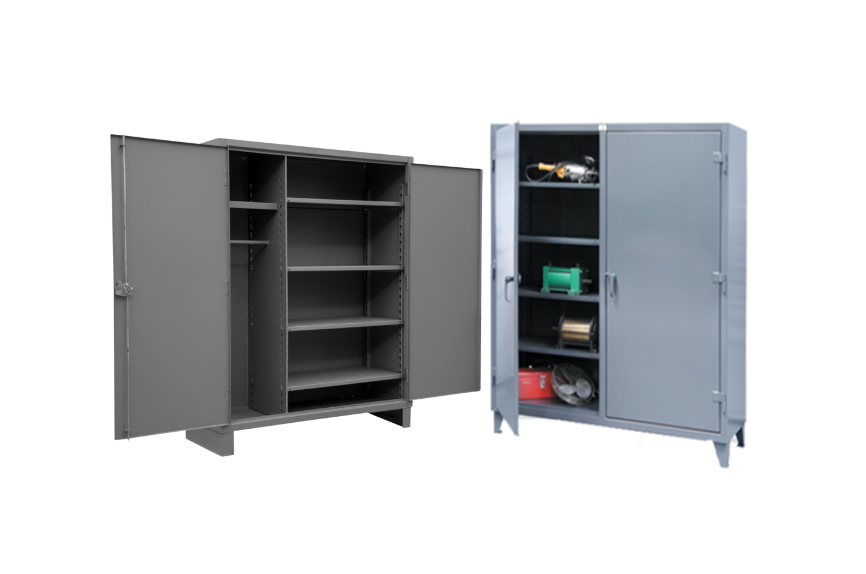

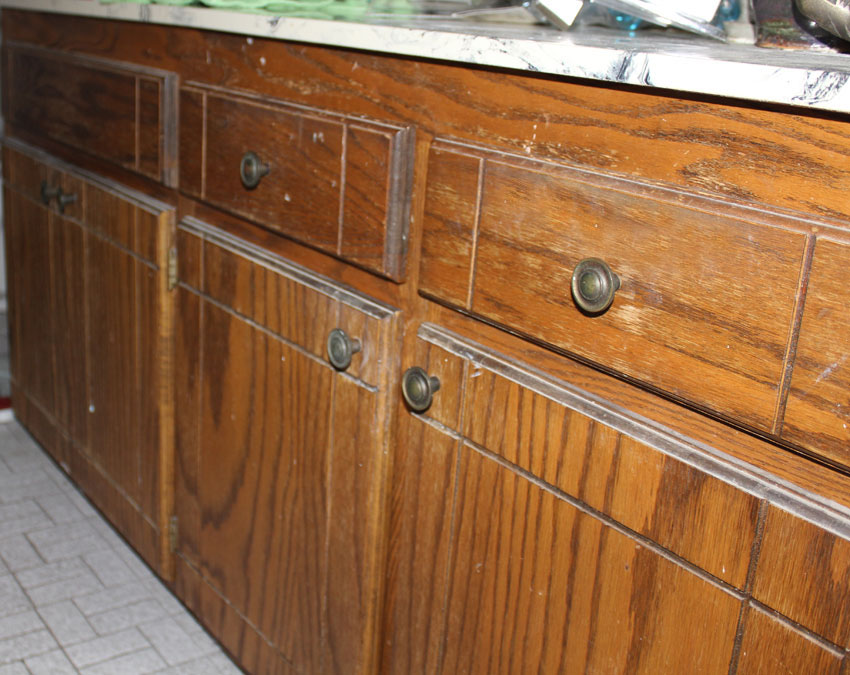




/cdn.vox-cdn.com/uploads/chorus_image/image/67056409/GettyImages_758591313.0.jpg)

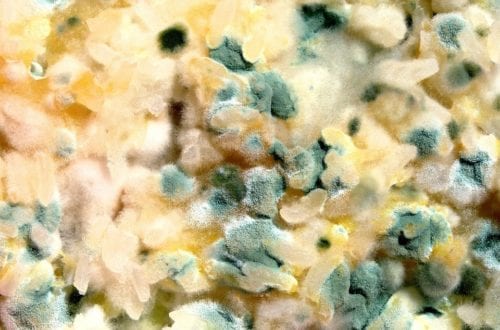

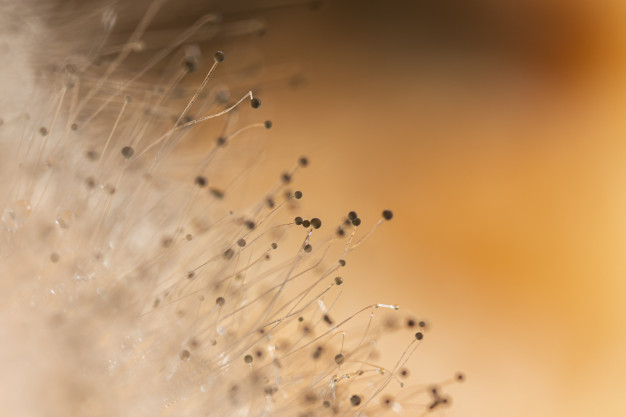


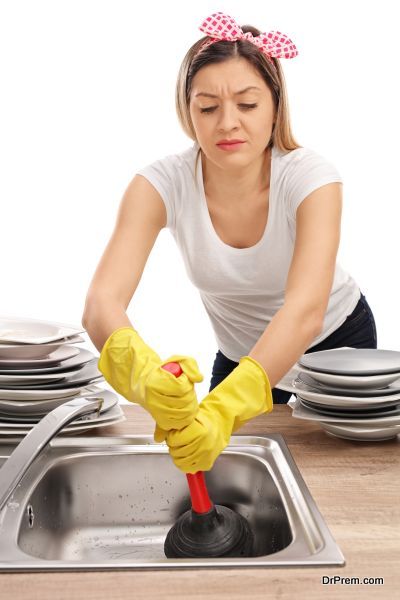


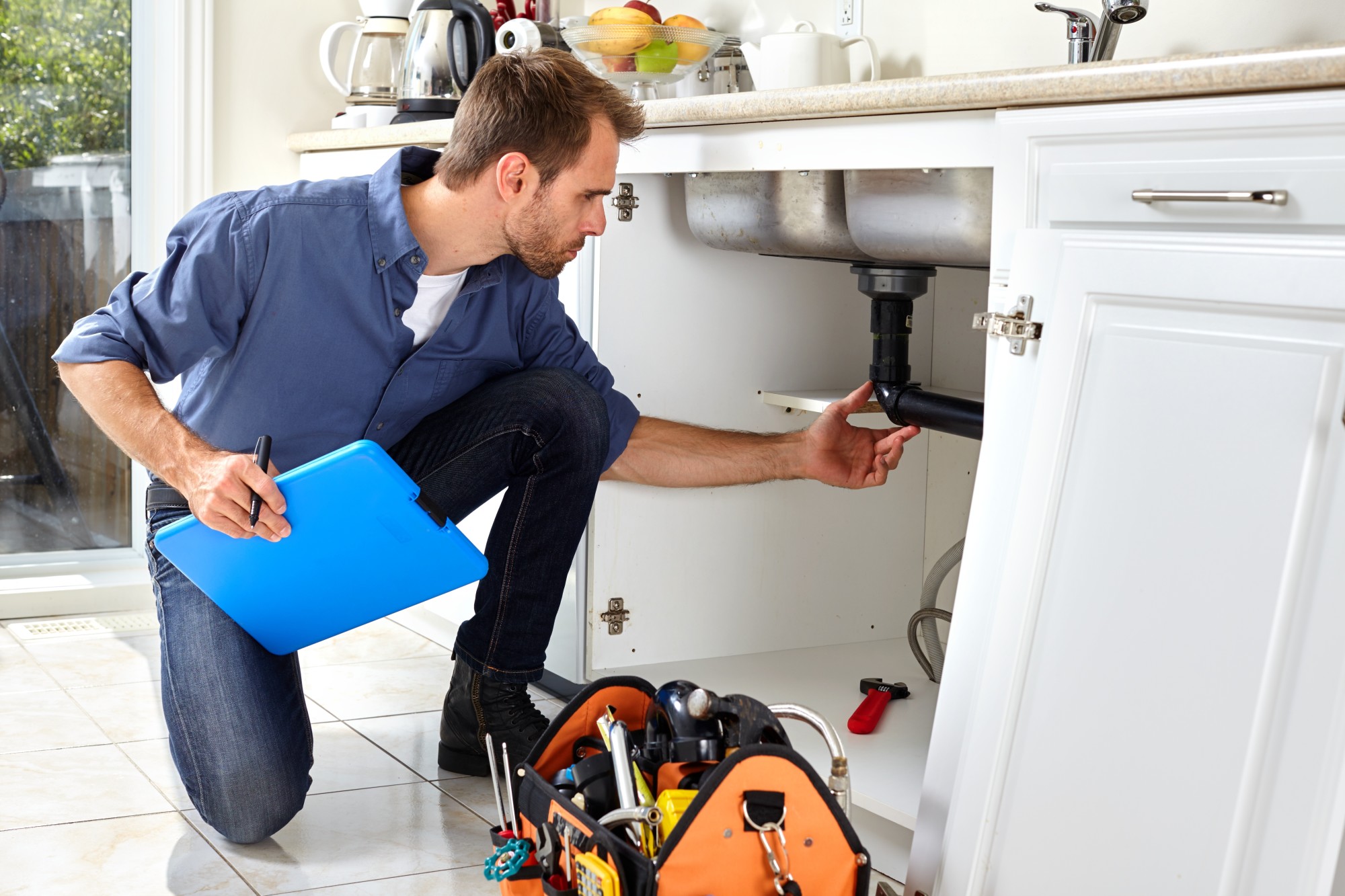
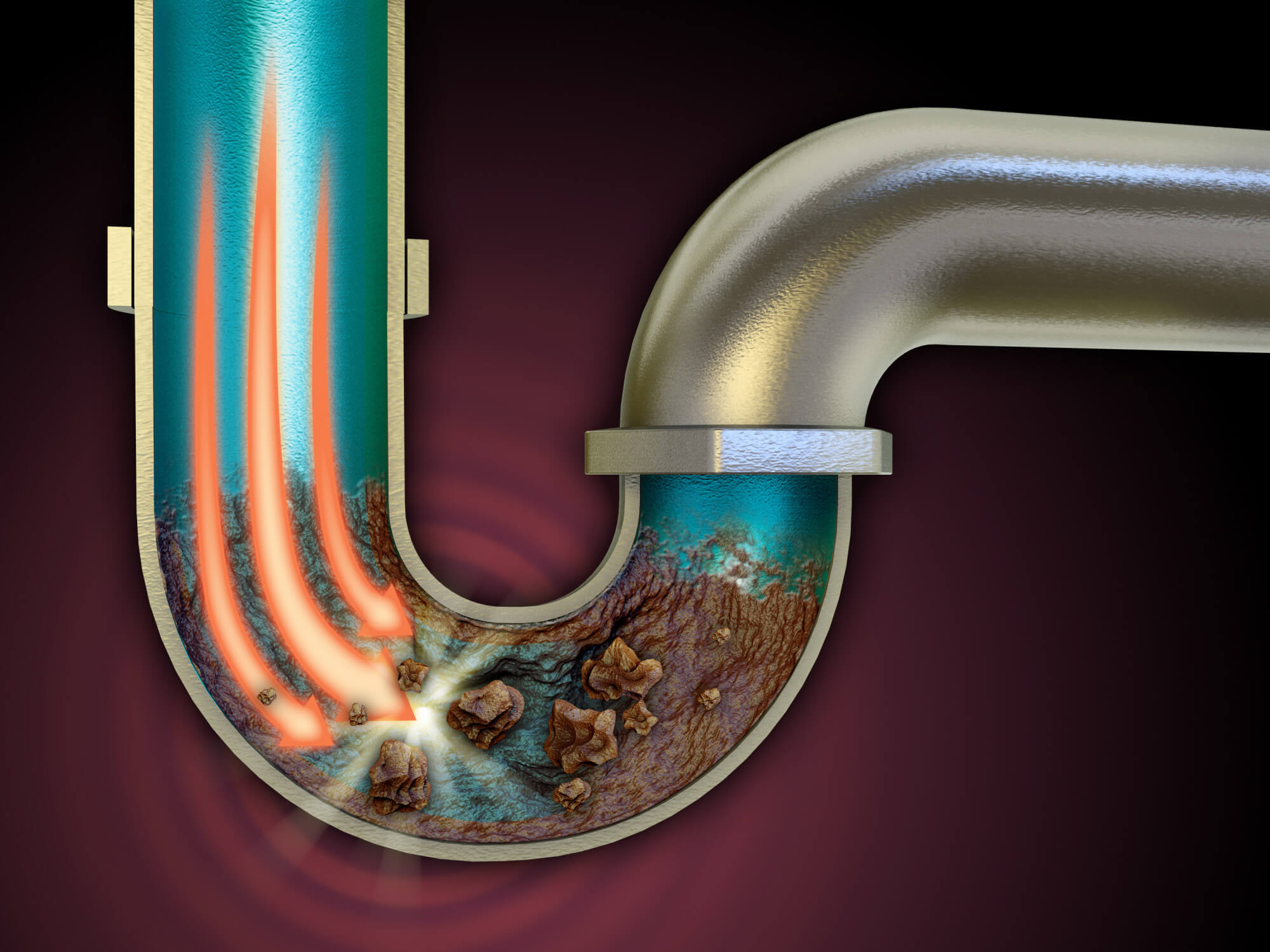


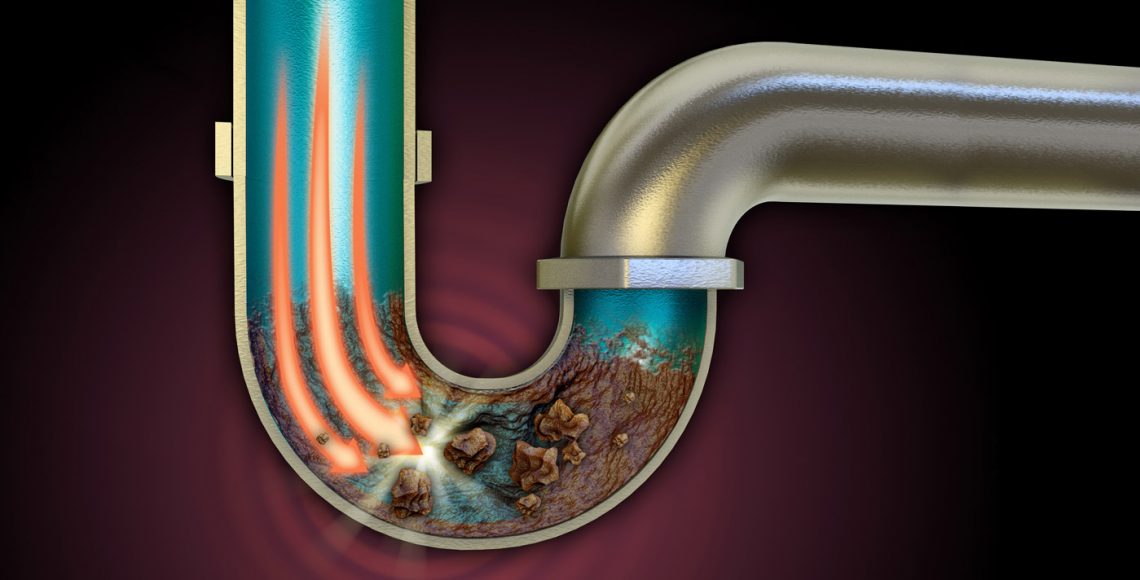

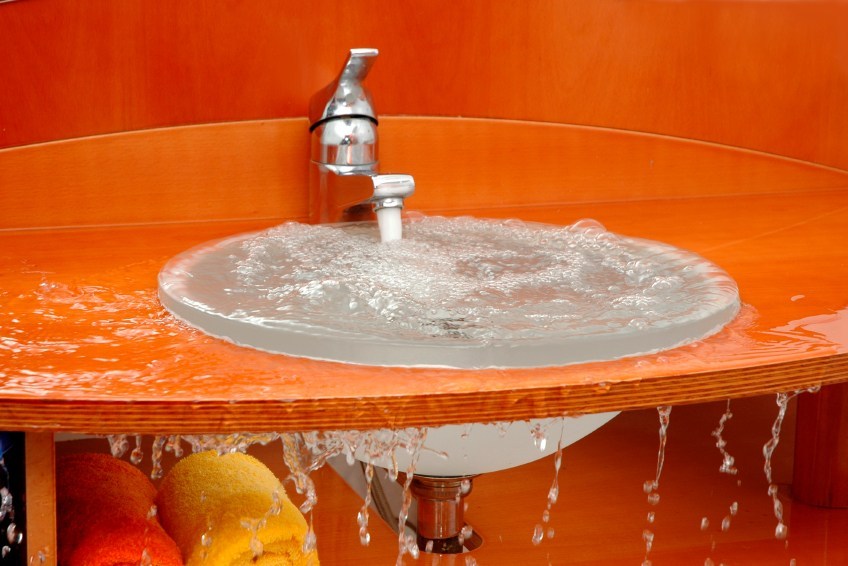
/freshen-and-unclog-drain-with-baking-soda-1900466-17-20179d73b7a2455797ebc6a5f5bf7479.jpg)


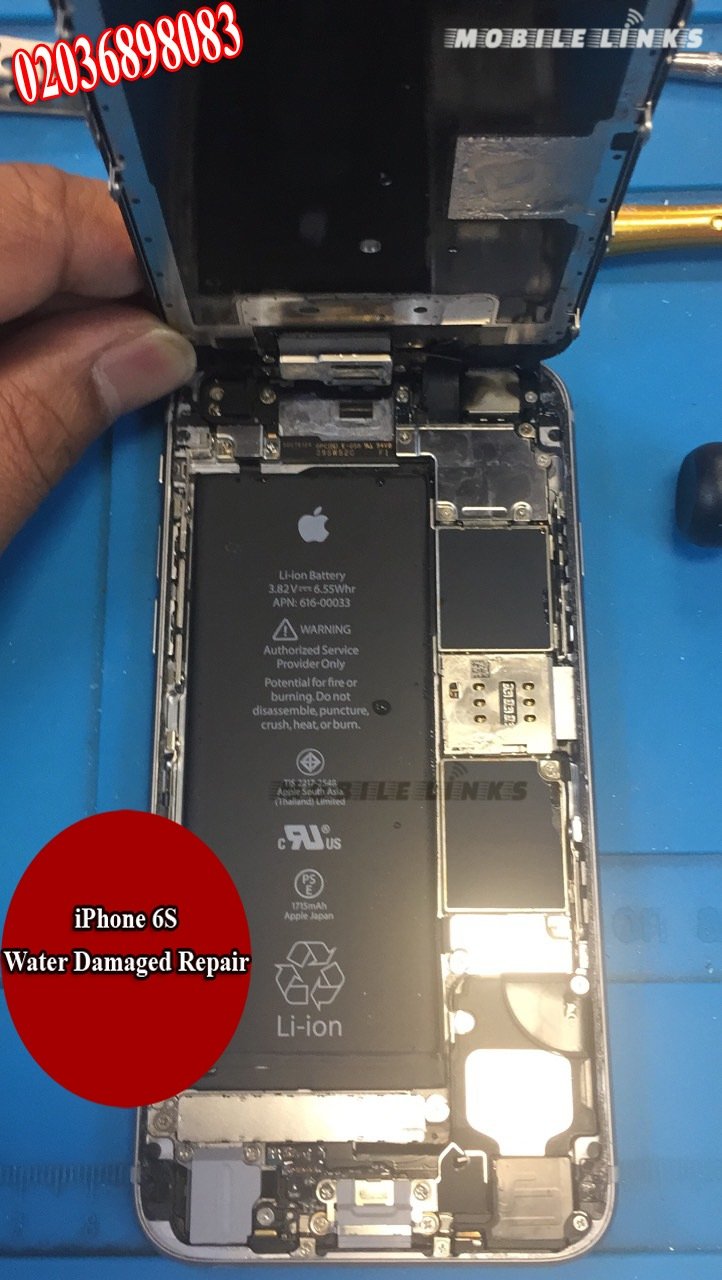




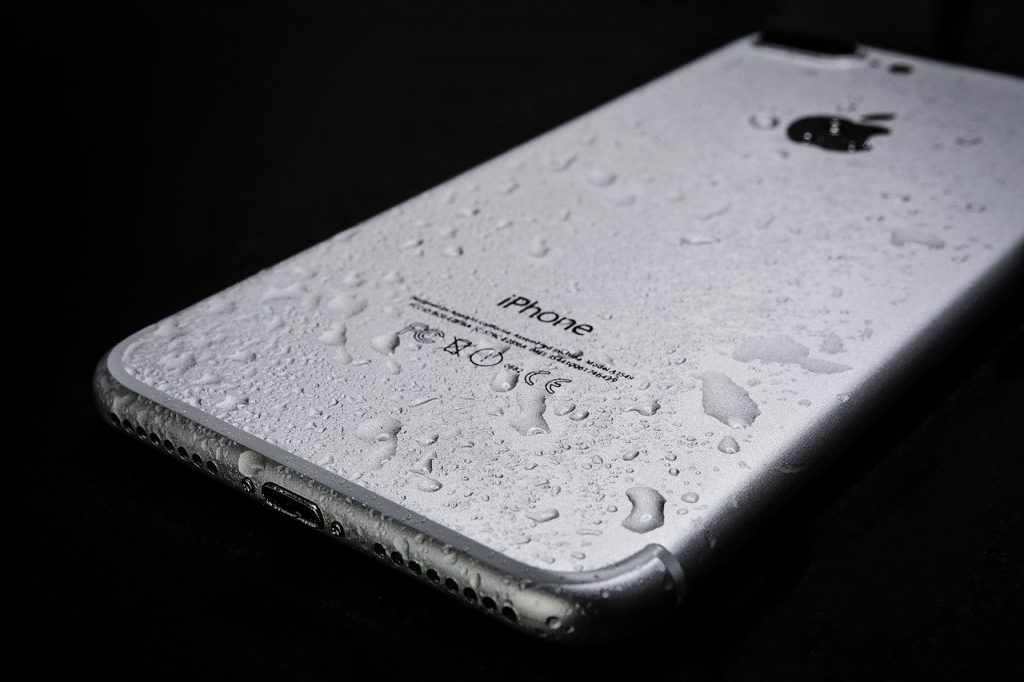
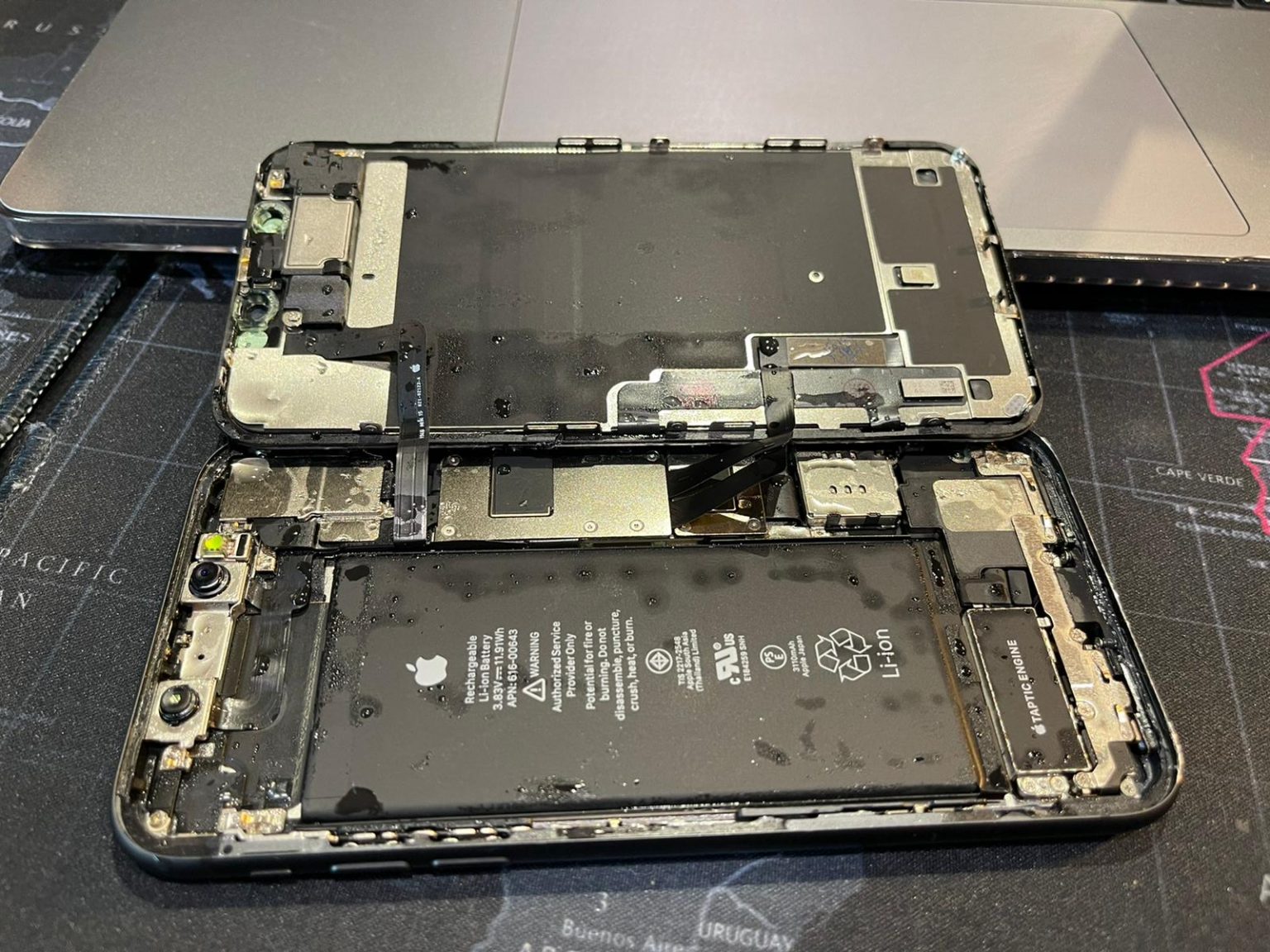


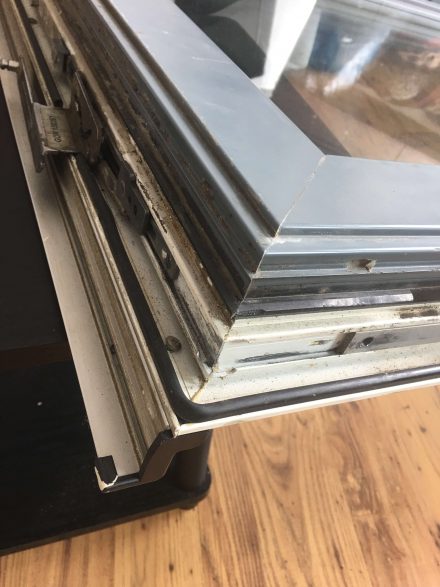

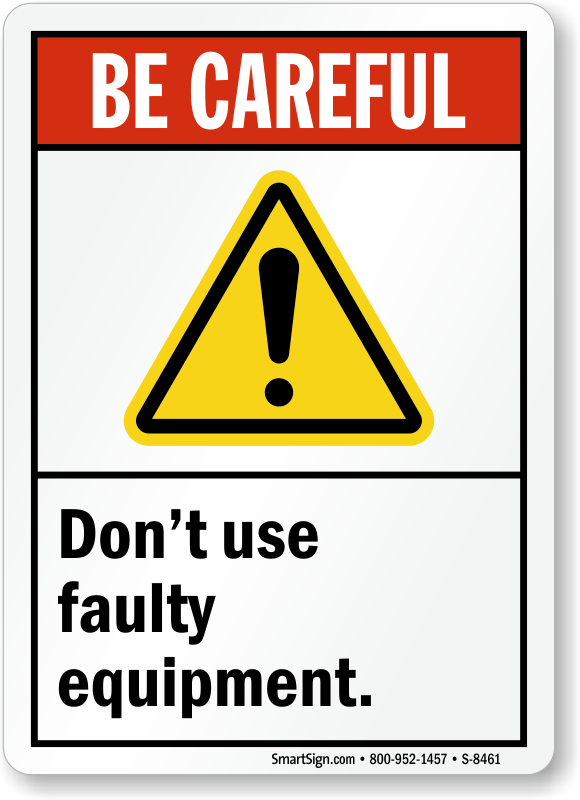










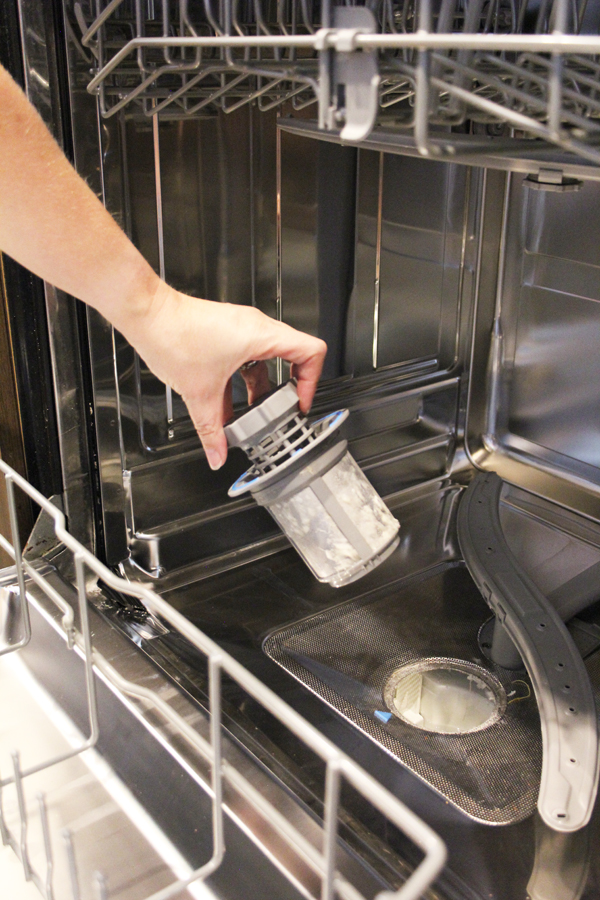

:max_bytes(150000):strip_icc()/dishwasher-overflowing-73666533-5a7952c9c06471003787f115.jpg)
